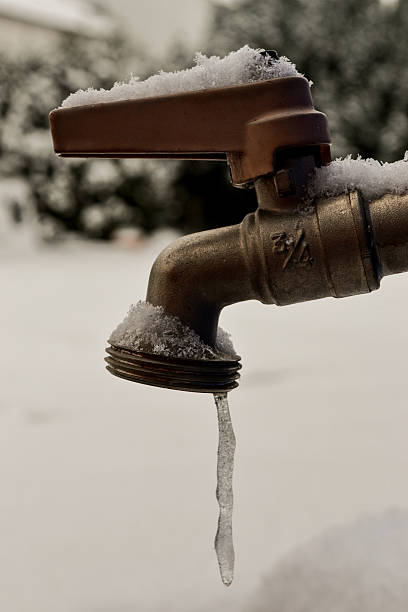What're your opinions about How To Avoid Freezing Pipes?

Cold weather can damage your pipes, particularly by freezing pipes. Right here's exactly how to stop it from taking place and what to do if it does.
Intro
As temperatures drop, the risk of frozen pipes boosts, possibly bring about pricey fixings and water damages. Recognizing just how to stop icy pipes is essential for homeowners in cool climates.
Prevention Tips
Insulating prone pipes
Wrap pipelines in insulation sleeves or make use of heat tape to shield them from freezing temperature levels. Focus on pipes in unheated or exterior areas of the home.
Home heating methods
Keep indoor spaces properly warmed, specifically locations with pipes. Open cabinet doors to permit warm air to circulate around pipes under sinks.
Just how to identify frozen pipelines
Try to find lowered water circulation from faucets, unusual smells or noises from pipes, and noticeable frost on revealed pipes.
Long-Term Solutions
Architectural modifications
Think about rerouting pipelines far from outside walls or unheated locations. Add added insulation to attic rooms, basements, and crawl spaces.
Upgrading insulation
Invest in high-grade insulation for pipes, attics, and wall surfaces. Correct insulation assists maintain consistent temperatures and minimizes the risk of icy pipes.
Shielding Exterior Pipes
Garden hose pipes and outside taps
Disconnect and drain yard hoses before winter season. Set up frost-proof spigots or cover outdoor taps with insulated caps.
Comprehending Icy Pipelines
What causes pipelines to ice up?
Pipes ice up when exposed to temperatures below 32 ° F (0 ° C) for prolonged durations. As water inside the pipelines ices up, it increases, putting pressure on the pipeline wall surfaces and potentially causing them to burst.
Dangers and problems
Icy pipes can lead to water system disturbances, residential property damages, and expensive repair services. Ruptured pipelines can flooding homes and trigger comprehensive structural damages.
Indicators of Frozen Pipeline
Determining frozen pipes early can avoid them from bursting.
What to Do If Your Pipes Freeze
Immediate activities to take
If you suspect icy pipes, maintain taps open up to soothe pressure as the ice thaws. Utilize a hairdryer or towels taken in warm water to thaw pipes gradually.
Final thought
Protecting against frozen pipelines needs proactive procedures and fast reactions. By recognizing the reasons, indicators, and preventive measures, homeowners can safeguard their pipes throughout winter.
5 Ways to Prevent Frozen Pipes
Drain Outdoor Faucets and Disconnect Hoses
First, close the shut-off valve that controls the flow of water in the pipe to your outdoor faucet. Then, head outside to disconnect and drain your hose and open the outdoor faucet to allow the water to completely drain out of the line. Turn off the faucet when done. Finally, head back to the shut-off valve and drain the remaining water inside the pipe into a bucket or container. Additionally, if you have a home irrigation system, you should consider hiring an expert to clear the system of water each year.
Insulate Pipes
One of the best and most cost-effective methods for preventing frozen water pipes is to wrap your pipes with insulation. This is especially important for areas in your home that aren’t exposed to heat, such as an attic. We suggest using foam sleeves, which can typically be found at your local hardware store.
Keep Heat Running at 65
Your pipes are located inside your walls, and the temperature there is much colder than the rest of the house. To prevent your pipes from freezing, The Insurance Information Institute suggests that you keep your home heated to at least 65 degrees, even when traveling. You may want to invest in smart devices that can keep an eye on the temperature in your home while you’re away.
Leave Water Dripping
Moving water — even a small trickle — can prevent ice from forming inside your pipes. When freezing temps are imminent, start a drip of water from all faucets that serve exposed pipes. Leaving a few faucets running will also help relieve pressure inside the pipes and help prevent a rupture if the water inside freezes.
Open Cupboard Doors
Warm your kitchen and bathroom pipes by opening cupboards and vanities. You should also leave your interior doors ajar to help warm air circulate evenly throughout your home.

We were shown that editorial on How to Prevent Your Pipes From Freezing through a good friend on our other web address. Sharing is good. Helping others is fun. Thanks so much for taking the time to read it.
Schedule Here